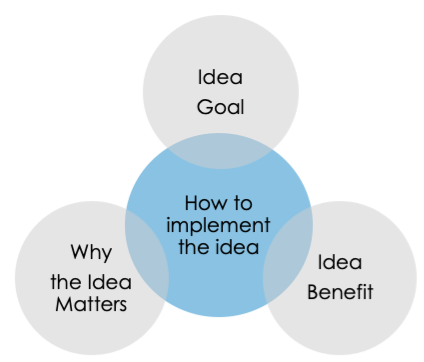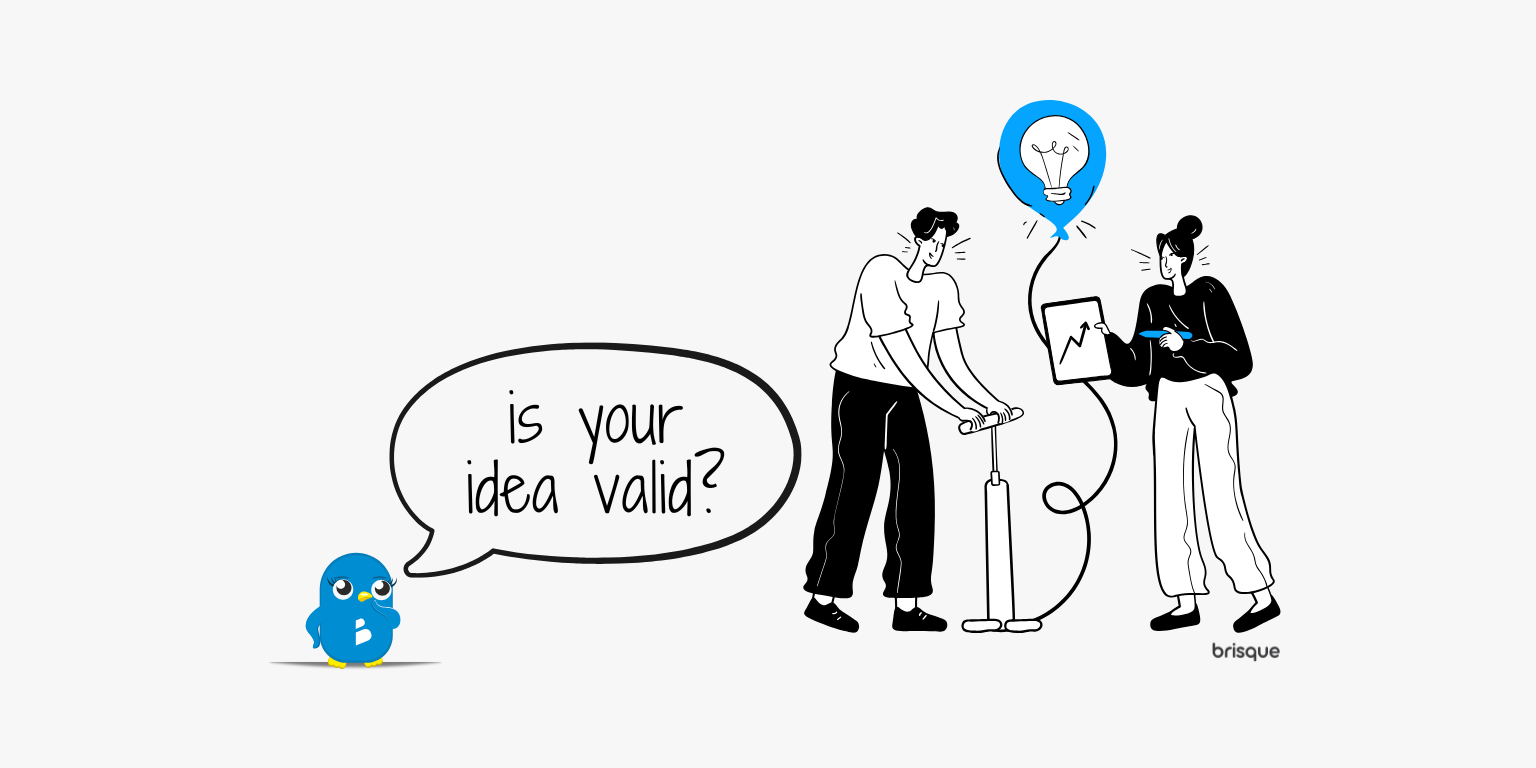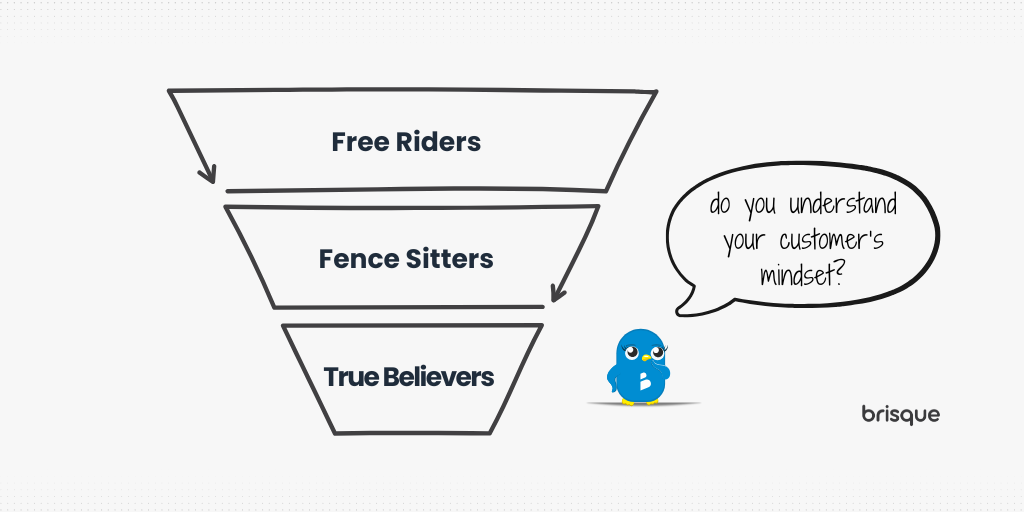Summary
Marketing requires consistency, and sometimes that consistency breeds monotony.
How do you create a process that allows for continuous innovation and creative marketing strategies and ideas?
“Just so you know, this marketing position is not about sharing your ideas. We are looking for someone who will help maintain what we already have going on.”
This is what a recruiter once told me during a phone job interview.
Folks let’s set the premise here.
I spent a significant amount of time that night researching the company, reviewing their website to learn more about what they do, learning about competitors, and identifying opportunities for growth.
After learning about the role and answering the interviewer’s questions, I decided to show what I could bring to the table.
I went on and on, excitedly talking about my marketing strategy ideas and how I thought I could help with marketing at the company.
After the interviewer told me that they were looking for someone to maintain the status quo, I knew at that moment that I wasn’t the right candidate for the job.
It was a marketing role. You think marketing and you think ideas, right?
Though, I was disappointed to find that the company was looking for someone who wouldn’t try to improve the company’s existing marketing strategies, I appreciated the transparency.
Are you creating room for innovative marketing strategies and ideas?
You may not be blunt to your marketing team or employees about the fact that they should maintain the status quo. Whether you are trying to maintain the status quo or not, every time a marketing idea and is shut down without first analyzing the merit of the idea you are doing the same thing.
With time, you are also less likely to receive any innovative marketing ideas. Essentially, that creative marketing campaign that you saw from a competitor that you loved, is unlikely to come from your marketing team because they feel limited in their thinking.
This type of limited thinking often happens subconsciously.
It’s not that people are trying not to be creative or think out-side-the box. Most marketers love to be creative; in fact, we thrive on creativity. Here’s what happens, you hire that bright marketing professional with lots of marketing strategy ideas, he or she starts working at your company and then begins discussing those ideas in detail. If every time the person talks about a creative idea, you end up shooting down the idea because you don’t have the funds to make the idea happen, the person is very likely to learn to adapt.
With time if you are paying attention, that person will start presenting marketing ideas that meet your budget constraint. The problem here is that in the process, most people end up offering their second best or third best idea. Often the first idea that we get is the most exhilarating, sometimes the type of idea a low marketing budget or resources might not be able to support. To avoid the rejection feeling that comes with having a marketing idea that you are very proud of and excited about been thrown out the window, most people will end up only presenting their safe ideas.
The problem with having a low marketing budget is that it can breed limited thinking.
It may not be your intention to be the type of person that shuts down every idea. You might have a valid reason, like having a low marketing budget challenge. There’s often an intersection between the execution of a grand vision in its magnificent form and the merit of the idea that can lend itself to executing the concept differently. The problem that we face, however, is that once you start thinking about how you cannot bring certain ideas to fruition because you have a low budget, you might stop getting the ideas altogether.
Another question that I’d pose is that are you creating an environment where people can freely share their ideas?
You may have a low budget, but I’d challenge you to create a different way of evaluating your marketing ideas. Evaluate ideas on merit and not how much money it will take to execute the concept in the way that you thought of the idea initially. Though my examples presented here are for evaluating marketing strategies and ideas, it’s easy to apply this type of idea evaluation process to any kind of business idea.
What can you do instead to avoid limiting ideas?
How to Evaluate a Marketing Strategy or Idea
For a business or marketing idea to have merit, it needs to have three main elements:
- A goal
- A business benefit
- Why the idea matters
Main Elements for Evaluating the Merit of a Marketing Strategy or Idea

Often creative marketing ideas get rejected based on what it will take to implement the strategy (how). The saying, “where there is a will, there is a way,” still applies no matter how cliché it may sound. If you find a marketing idea to be of merit and worth implementing, you’d be able to come up with an implementation idea that fits with your current marketing resources or budget.
When evaluating an innovative marketing idea, focus less on the cost. Get to know the goal of the concept, how this will benefit the business, and why the target audience will care.
Here’s an example of how to evaluate a marketing idea
Lisa on the marketing team has an event marketing idea that she’s excited about. She believes she could make her company stand out at an upcoming event with a creative marketing gift idea. In the “grand version” of her marketing idea, she envisions the company could fly drones around the conference hall carrying a gift box with the company’s logo.
The box that is delivered to a random person at the conference would contain free promotional marketing gifts from the company. The element of surprise created is, everyone around while the drone is flying focuses on the drone and might be curious to know if they’ll receive the mystery gift.
While this marketing idea sounds innovative, it also comes at a cost. The company will need to buy drones, hire people to fly them at different times, and also buy gifts for the box.
Start with evaluating the marketing idea based on the goal, benefit, and why it’s necessary
- Lisa’s marketing idea goal: Create an element of surprise with the giveaway boxes delivered with drones
- Business benefit: Generate more traffic to the booth and create more brand awareness at the event
- Why the audience will care: the event doesn’t have a lot of entertaining factors happening there
We’ve already identified that this marketing idea will be costly to execute as it is. On the other hand, thinking about the concept in terms of its merit, we have determined that it could be beneficial to the business.
So, what do we do next?
Creative Marketing Idea Feasibility Analysis
Next, allow the person to do a feasibility analysis on the idea.
1. Start with getting a real cost and resource estimate on how to execute your marketing idea
In the feasibility analysis, the person who presents the innovative marketing idea has to create a plan on how this could happen. The analysis includes getting information on the costs involved. In this case, all the drone flying elements will occur at a third-party event.
Meaning, even if there isn’t a marketing budget to limit us, the event location could limit the idea. Will the organizers allow that, and is there enough space?
If Lisa contacts the event organizers and they mention that they cannot allow the flying of drones, you don’t have to be the one to kill the expensive part of the idea because of a low marketing budget.
2. Compare your cost estimates to your existing budget allocation
But, there’s another side to the story, what if the event organizers love the idea and are okay with it?
As part of the feasibility analysis, Lisa presents the costs involved with executing her marketing surprise idea. At that point, you can also offer information about the budget allocated to that particular event.
If the costs are higher than the allocated budget amount, then did we let Lisa do extra work for nothing? No.
The reason is that sometimes when you get an idea that you are excited about, if someone stops the idea creation process in its infancy, you are unlikely to get what you need to get out of that idea. In Lisa’s feasibility analysis, she may conclude that even with the permission of the event organizers, she cannot implement the idea the way that she was thinking about it.
But all is not lost.
There is a reason why Lisa wanted this marketing idea.
How to think of alternative ways to execute your creative marketing strategy ideas
She thought that it would be great to offer an element of surprise at the event since that’s something that she believes will get the company to stand out. That’s the real merit of the marketing idea and not necessarily the fact that the delivery (how) is with drones. So then, the next step is for Lisa to keep thinking about how to make her creative marketing idea of offering an element of surprise happen.
Marketing Idea delivery #1: Could the element of surprise be offered by having someone dressed up looking like the company’s mascot randomly delivering the boxes?
Marketing Idea delivery #2: Could it be that participants discover the boxes randomly during talks?
There are endless possibilities. The point here is that Lisa can think-out-side the box even with a low budget.
Why is this important? Because when you have a low marketing budget, you cannot afford to limit your thinking as well. This is when creativity is very critical.









